Y2Y and our partners are dedicated to keeping wildlife habitat connected and protected.
For animals that need to move within and across large habitats, finding ways to enable that movement and reduce conflicts along the way is vital for their survival (and ability to thrive!).
Oftentimes, the seemingly “small” improvements to infrastructure like bridge and road enhancements can make a huge difference.
Here are five ways Y2Y, our partners, and others are working to keep wildlife moving as safely as possible in the Yellowstone-to-Yukon region and beyond.
1: ‘Reconnecting the Rockies’ in B.C.’s Elk Valley — Y2Y and partners
Y2Y, Wildsight, Miistakis Institute, government, industry and researchers like Dr. Clayton Lamb are partners on a long-term project to keep wildlife moving safely across one of the Yellowstone-to-Yukon region’s most dangerous roads — Highway 3 in B.C.’s Elk Valley.
On this highway, around 200 collisions with large mammals occur each year between Hosmer, B.C. and the Alberta border. This costs society $2.8 million annually and harms wildlife populations.
Most recently, the Lizard Creek bridge upgrade near Fernie was completed in June. The bridge upgrade also includes the addition of four-season wildlife pathways on both sides of the creek underneath the bridge. This helps build a safer passage for a variety of critters in an important wildlife corridor for grizzly bears and other large wildlife.
The ‘Reconnecting the Rockies’ project continues! It involves developing a system which keeps wildlife off the road and allows them to move safely via a series of underpasses and overpasses connected with fencing.
This is just the start, so stay tuned for more updates on this project that benefits wildlife movement, and improves safety on our roads for all.
2: Installing wildlife-friendly fencing in Island Park, Idaho — Y2Y and partners
Recently, Y2Y partnered with the Idaho Department of Fish and Game and the Nature Conservancy to remove old fencing along the US 20 — a major thoroughfare to Yellowstone National Park’s west entrance — that was trapping pronghorn and other wildlife on the highway.
The ranching landowner needed a fence along the highway that would keep their cattle enclosed, but let migrating wildlife through. The new 1.6-mile (2.6-kilometer) wildlife-friendly fence works for the rancher, allows wildlife to move annually along this wildlife corridor, and keeps drivers safe on the road.
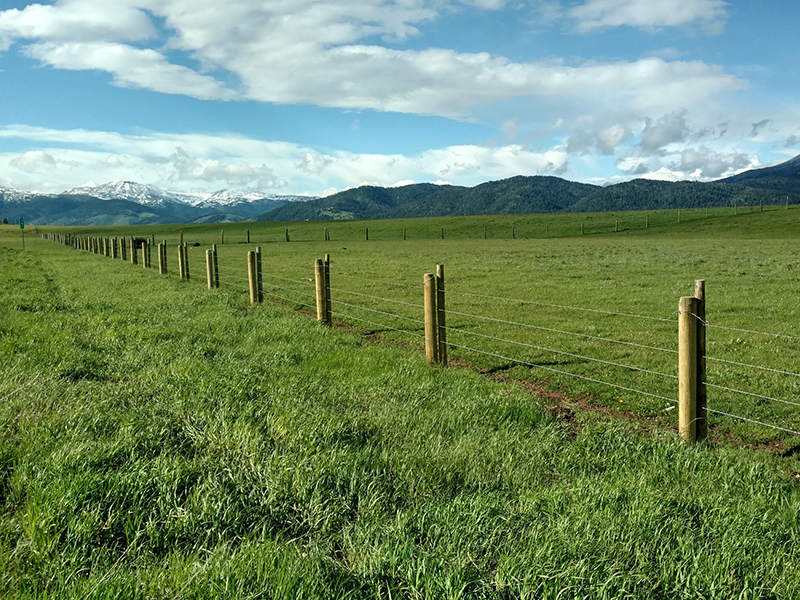
3: Road restoration and stream enhancement in Lolo National Forest, Montana — Y2Y and partners
In summer 2020, Y2Y and partners are working to improve bear and fish habitat in western Montana’s Fishtrap Creek and Beartrap Creek drainages in the Lolo National Forest. How? By restoring, realigning, relocating and enhancing!
In the Beartrap Creek drainage, Y2Y is working with partners to remove culverts and restore close to seven miles (11.26 kilometers) of road to provide additional secure grizzly bear habitat.
High road density — a.k.a. the number of roads in a given area — reduces grizzly bears’ chance of survival because they need such large landscapes to roam across. This road restoration project will help reduce road density in the Lolo National Forest, benefiting grizzly movement.
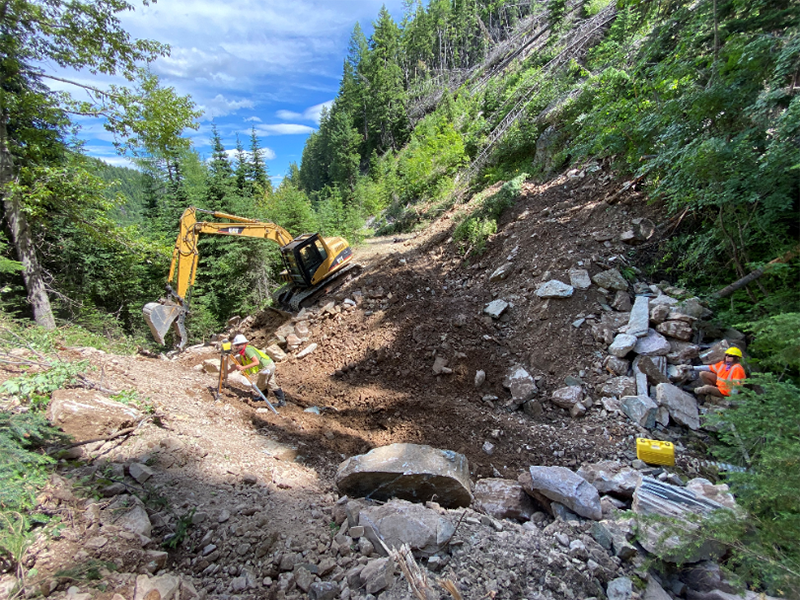
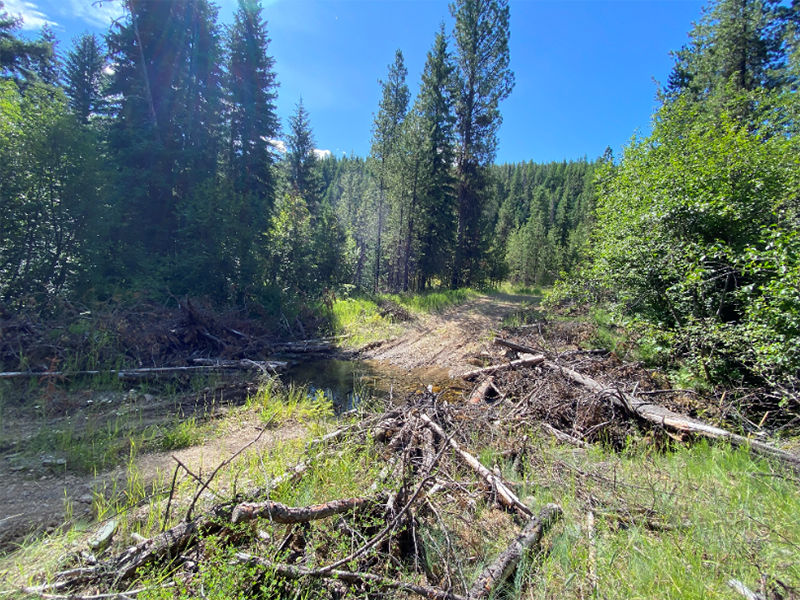
Also part of this important project, the West Fork Fishtrap Creek Road Realignment Project relocates the junction of two major roads. This will reduce sediment entering the stream and allow for the creation of 600 feet of enhanced stream and wetland habitat along mainstem Fishtrap Creek, benefitting cold-water trout species, including westslope cutthroat trout and bull trout, while providing continued vehicle access into the nearby campground and forest.
For people, this means abundant opportunities for berry picking, hiking, and fishing.
These projects are a partnership between Y2Y, the Lolo National Forest, Lower Clark Fork Watershed Group, Trout Unlimited, Montana Fish, Wildlife & Parks, as well as local contractors and volunteers. Funding generously provided by NorthWestern Energy, National Forest Foundation, National Fish and Wildlife Foundation, and Sanders County Resource Advisory Committee.
4: Bridge replacements and wildlife pathways in Kootenay National Park — Parks Canada
The replacement of an aging bridge helps keep motorists safe, but how can it also help keep wildlife moving? That’s a question we asked our friends at Parks Canada, who told us about two such construction projects in the Yellowstone-to-Yukon region.
Bridge replacements at Wardle Creek and Haffner Creek — both along Highway 93 in B.C.’s Kootenay National Park — also include wildlife pathways underneath to help facilitate movement for animals even as big as a moose.
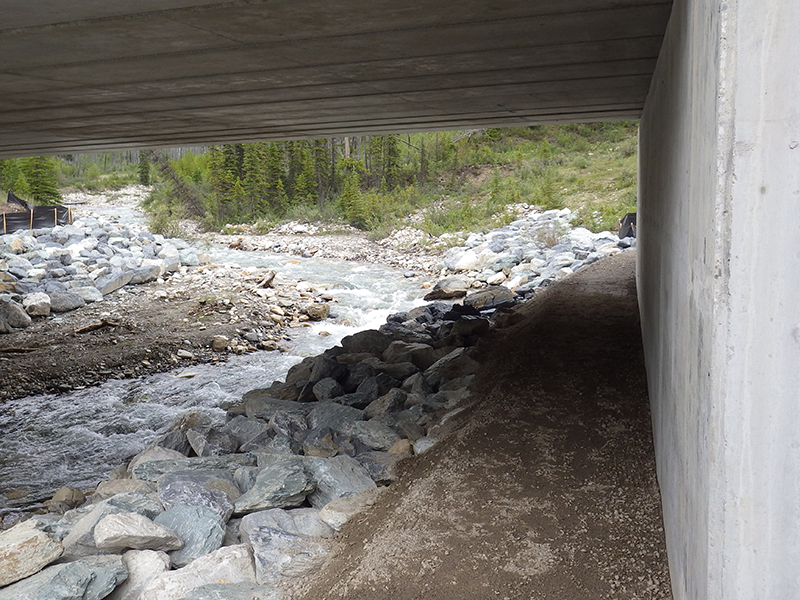
These new, bigger bridges are built to withstand changing water levels over decades. With climate change, streamflow is getting higher and less predictable.
These are great examples of how improvements to infrastructure for people can also consider wildlife connectivity, creating a win-win.
Trevor Kinley, environmental assessment scientist, highway engineering services with Parks Canada, told us that opportunities to improve connectivity are increasing with construction projects, in hopes of making things better for wildlife in the long-term, wherever possible. We’re all for it!
5: Learning from Banff’s wildlife crossings to help keep wildlife moving in northern Italy — Francesco Del Greco, environmental engineer
In 2019, environmental engineer Francesco Del Greco spent time in Alberta’s Bow Valley to carry out his thesis project in environmental engineering alongside Mike Gibeau, as well as wildlife biologist and Y2Y research partner Tony Clevenger.
Francesco lives in the Trentino Alto Adige region of northern Italy. There, farmers, ranchers and tourists are adjusting to life with increasing populations of brown bears, wolves and ungulates. There are no wildlife crossing structures in Trento — yet!
During his time in the Bow Valley, Francesco worked with the Biosphere Institute’s WildSmart program, Parks Canada, Alberta Parks and the Province of Trento to gather learnings for wildlife crossing structures and educational programs in his home province thousands of kilometers away.
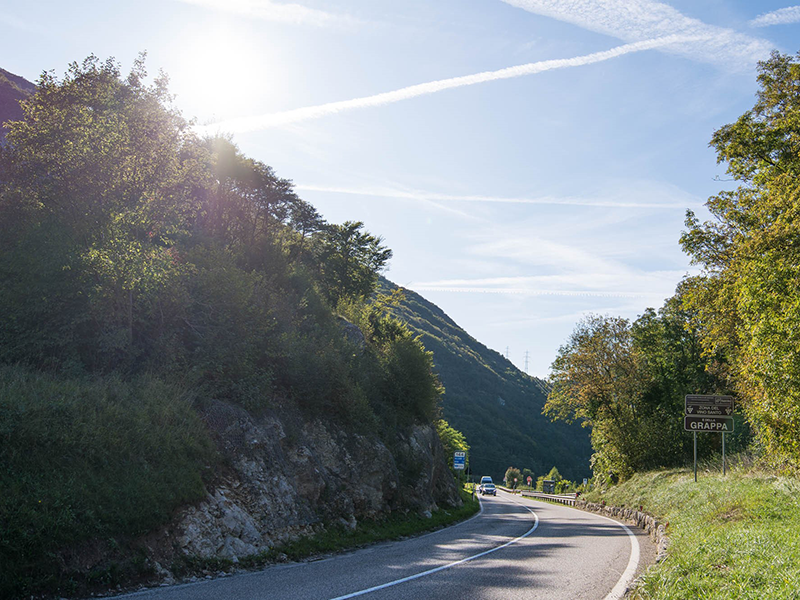
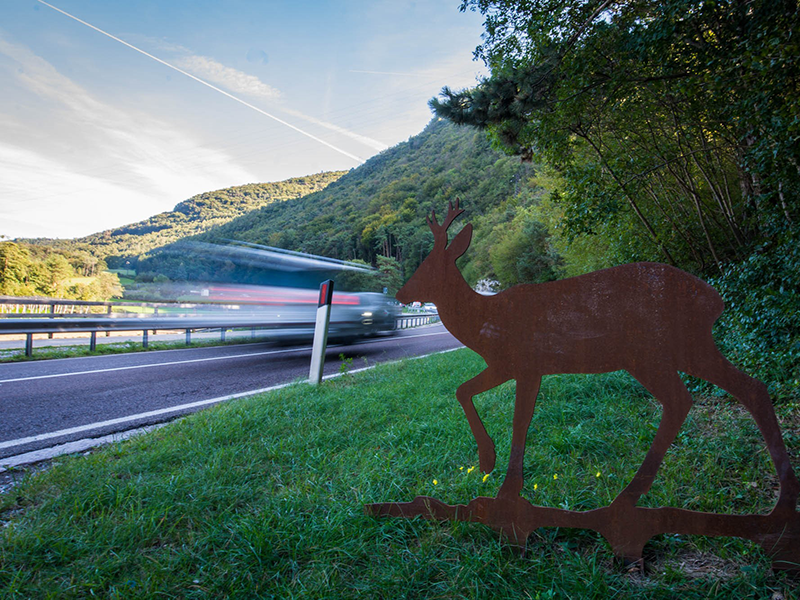
Francesco’s thesis project is part of the planning stage of building wildlife crossings in some of the valleys of Trentino, identifying the most effective engineering solutions and locations for the structures.
“One of the most interesting things I’ve learned is that these projects are based on wildlife corridors, but there are a lot of factors that can make the structures efficient or not,” says Francesco. “For instance, it’s crucial to choose the right crossing structure for the species using the structure, and to implement the design with other mitigation measures such as fencing.”

